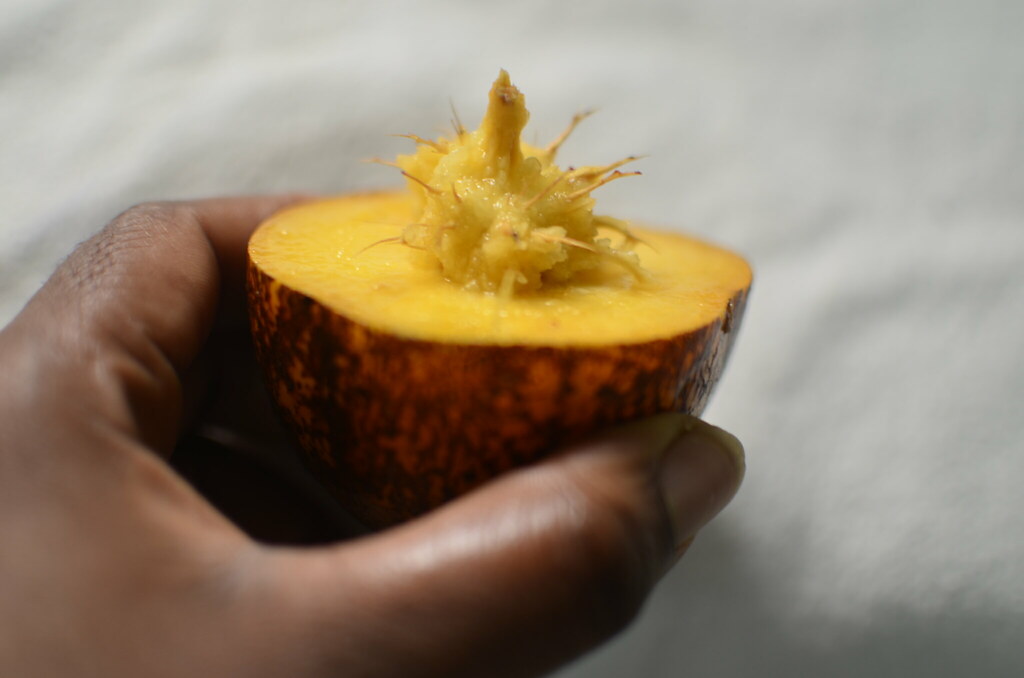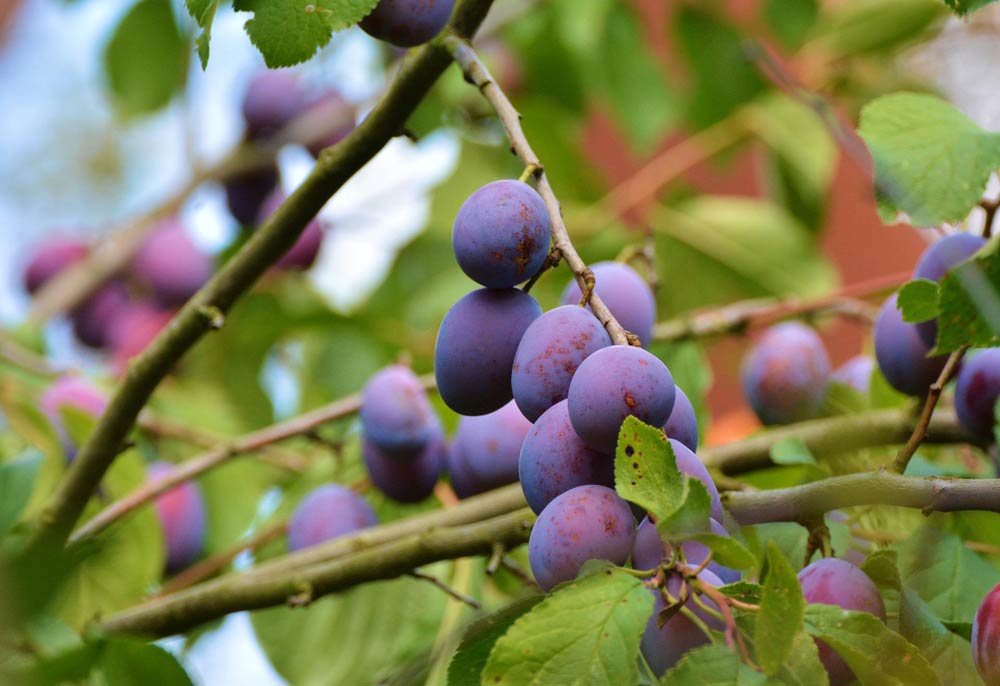
Plums take centre stage as the scorching sun gives way to the gentle breeze of the later part of the year. They captivate us with their vibrant colours, juicy sweetness, and delightfully slappy taste. Whether you have an abundance of plums from your backyard orchard or not, it is alright. Learning how to preserve plums is a great way to extend their life and enjoy their flavorful goodness for a long time.
When it comes to plums, nature has blessed us with a variety that spans continents. Each of them has its own unique characteristics and flavours. These two distinct types of plums bring their own captivating traits to the table. While both European and Nigerian plums share the same botanical family, their distinctive characteristics make them stand apart. European plums are typically smaller in size and have a more oval or round shape. While Nigerian plums are often larger and have a slightly elongated or oblong form.
Fruits generally have unending health benefits, and plums are not excluded. According to WebMD, they contain vitamin C, which does quite a number of things for our bodies.
Determining the right Plum
There are a few key details to consider when choosing the perfect plum, whether Nigerian or European. Start with a look at the plum. Search for plums with vibrant and even-coloured skin. European plums may range from purple to golden, while Nigerian plums can display shades of yellow, red, or purple. Avoid plums with blemishes, bruises, or wrinkled skin, as these may indicate damage or overripeness.
Next, gently squeeze the plum to assess its texture. Ripe plums should yield slightly to pressure without being too soft or mushy. European plums tend to be slightly firmer than Nigerian plums’ softer texture. Pay attention to the plum’s fragrance, as ripe plums, regardless of variety, should emit a sweet and fragrant aroma. If the plum lacks a pleasant scent or has a sour smell, it may indicate underripeness or poor quality.
Additionally, consider the weight of the plum. Ripe plums should feel heavy for their size, indicating that they are filled with juice and have reached optimal ripeness. Plums that feel too light may be dehydrated or lacking in flavour. Finally, if given the opportunity, taste a small bite of the plum to assess its flavour.
Ripe plums should have a balanced sweetness and acidity, with juicy and succulent flesh. European plums often exhibit a tangy or tart flavour, while Nigerian plums tend to be sweeter and more tropical in taste. By paying attention to these details, you can select the perfect plum and ensure a delightful culinary experience. These details are essential to “how to preserve plums.”
How to Preserve Plums
Plums are a delicious and versatile fruit that can be enjoyed in many different ways. They can be eaten fresh, cooked, or preserved. Preserving plums is a great way to enjoy them year-round. There are many ways to “how to preserve plums”. The method you choose will depend on your personal preferences and the number of plums you have. Here are some common ways to store plums:
Canning
Canning is a traditional method that allows storing plums for an extended period while retaining their taste and texture. Learn the step-by-step process of canning plums, including preparing the fruit, making syrup, packing the jars, and processing them for long-term storage. We will also discuss different canning techniques, such as hot and cold packing, and share some tips to ensure your canned plums turn out perfectly. Learning and understanding this is a great addition to your knowledge of how to preserve plums.

How to Preserve Plums – Freezing
Freezing is a simple and convenient way to preserve plums while maintaining their flavour and nutritional value. Discover how to properly freeze plums, including essential preparation steps such as blanching and cooling, as well as effective packaging techniques. We will provide useful tips on preventing freezer burn and discuss the versatility of frozen plums in various culinary applications.
Refrigerating
Refrigerating plums is a simple and effective way to preserve their freshness and extend their shelf life. Placing ripe plums in the refrigerator helps slow down the ripening process, allowing you to enjoy them over a longer period of time. Before refrigerating plums, make sure they are fully ripe but still firm to the touch. Place them in a breathable container or perforated plastic bag to allow for proper air circulation, which helps prevent moisture buildup and maintains their quality. Stored in the refrigerator, plums can stay fresh for up to a week or even longer, depending on their initial ripeness.
Drying – How to Preserve Plums
For “how to preserve plums” drying is necessary. Dried plums, also known as prunes, have been enjoyed for centuries and are a nutritious and delicious snack. Discover how to dry plums at home using a dehydrator or an oven. We will explain the preparation steps, drying times, and storage recommendations to ensure your homemade dried plums are flavorful, chewy, and full of goodness.
Crafting Delicious Plum Jams and Compotes
If you prefer a more flavorful approach, making plum jams and compotes is an excellent option. Learn how to transform plums into delightful spreads bursting with natural sweetness. Explore different recipes for plum jams and compotes, from classic combinations like plum and cinnamon to unique twists with ingredients such as vanilla, ginger, or cardamom.
Conclusion on How to Preserve Plums
Preserving plums allows you to savour the taste of their bounty long after the season has passed. Whatever you choose as your “how to preserve plums” method, it offers a unique way to capture the flavours and versatility of these delightful fruits.
To get the best plums there are, visit Fruit Graden or text them directly on Instagram. So, roll up your sleeves, grab a basket of plums, and get ready to embark on a preserving adventure that will keep you stocked with delicious plums whenever your taste buds desire.















 Home
Home  Whishlist
Whishlist  Compare
Compare  Checkout
Checkout